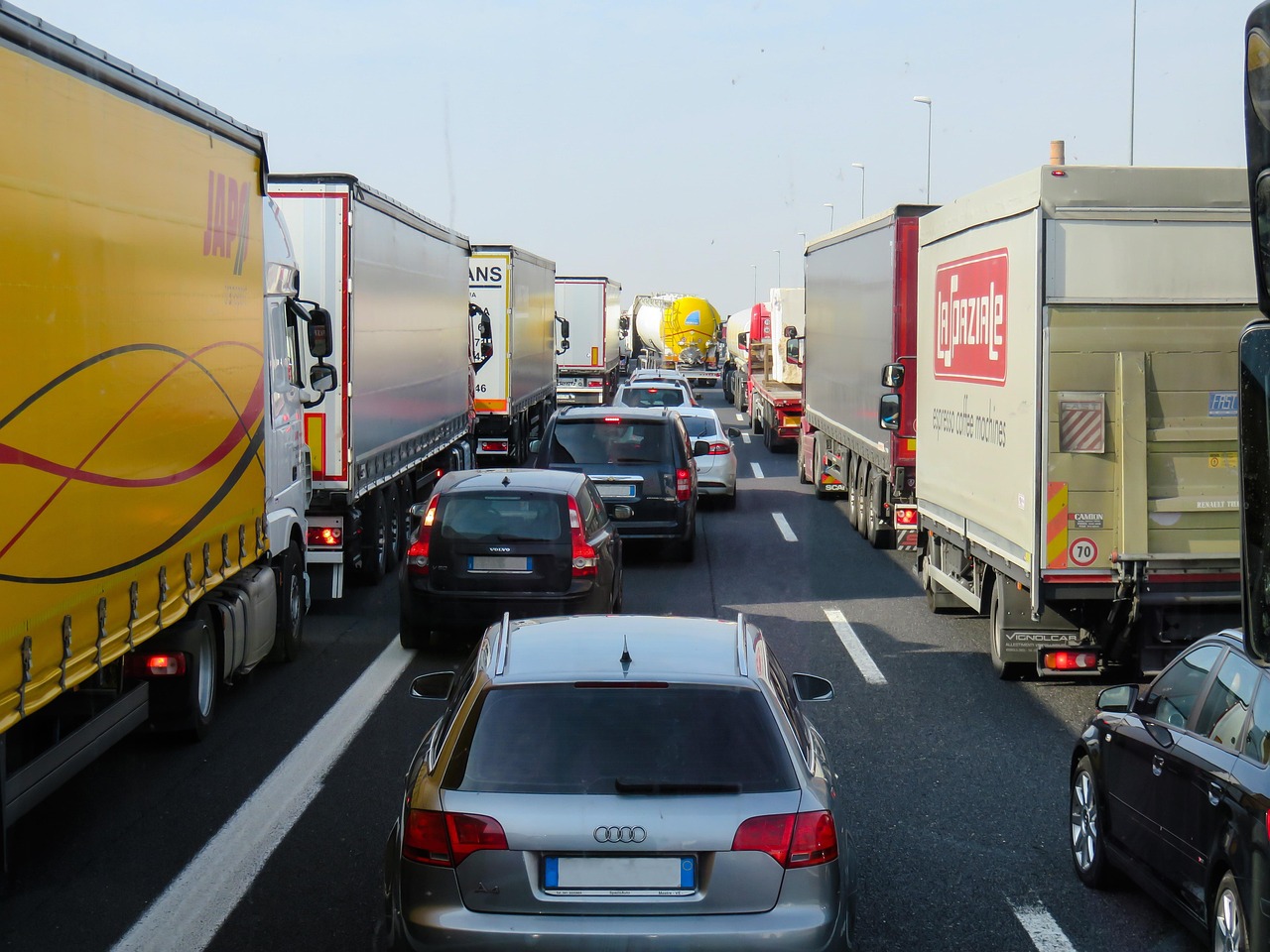If you’re in the trucking business, you watched the government shutdown and aviation mess unfold in real time. Grounded flights, overworked controllers, stalled inspections; it all added up to a nationwide bottleneck that didn’t just hit passengers. It stranded freight.. But the thing is, now that the shutdown is over, the supply chain is still reeling from the aftermath.
Airlines are catching up, airports are unclogging, but freight isn’t waiting around. Trucking stepped in during the chaos—and it’s still carrying the extra weight.
Why the Government Shutdown Still Matters
When we say Government shutdown, we don’t mean lights out across the board. But instead means that federal employees are furloughed and critical services are slowed to a crawl. Even after reopening, federal agencies like the FAA are digging out from backlogs: delayed certifications, slower inspections, and infrastructure projects stuck in the queue. Air cargo networks are recovering, but not fast enough to handle time-sensitive shipments.
And the consequences? With flights get delayed and cargo grounded, things got tight. And that presented a perfect opportunity to highlight how trucking stepped in during the chaos—and it’s still carrying the extra weight.
Grounded Flights = Jammed Supply Chains
Even after reopening, federal agencies like the FAA are digging out from backlogs: delayed certifications, slower inspections, and infrastructure projects stuck in the queue. For time-sensitive shipments—think pharmaceuticals, electronics, and high-priority retail goods—logistics carriers turn to air freight. So even with airport operations back in action, air travel is not getting things moving fast enough. When the ripple effect kicks in, supply chain managers pivot, looking for alternatives that are faster than rail and more reliable than air right now. Spoiler: that was trucking.
With flights grounded or delayed, trucking became the frontline option for urgent freight. Because the reality is, you can’t pause commerce, but you can reroute it.
Why Trucking Carried the Load
Trucking has always been the backbone of the American freight system. But when the sky fails, the road prevails.
Here’s why:
- Trucks offer flexibility. As long as there is a highway, you can dispatch a truck to just about anywhere, at any time. No booking runways or waiting for a window to clear.
- Highway infrastructure continues to operate during a shutdown. Unlike airports, highways and interstates generally remain operational—making over-the-road (OTR) transport the most dependable option.
- All-purpose cargo. Reefer units, flatbeds, and dry vans can all be tailored to the cargo’s needs, whether it’s temperature-sensitive medication or high-dollar electronics.
- Drivers are still working. While federal inspectors might be on hold, fleets and independents alike are hustling to keep freight moving.
Added Pressure on Fleets and Maintenance Ramps Up
With fewer flights in the sky and demand shifting to over-the-road freight, fleets are seeing a spike in use. And that means trucks are racking up miles faster and they break down faster, too.
With that in mind, especially as we head into the busy freight season amid a shutdown, maintenance will be a top priority across the US to keep the supply chain moving seamlessly.
As it is, trucks already operate under rigorous conditions, and now they’ll be running longer routes with tighter deadlines. The increased load on diesel engines, transmissions, and air brake systems means preventive maintenance becomes mission-critical. Miss an oil change or skip a brake inspection, and it could mean downtime and added delays.
For fleet managers, you know that wear and tear on key systems like suspension, cooling, and aftertreatment escalates under stress. If there was ever a time to get ahead of your PM schedule, it’s now.
Intermodal Gets Iffy Trucking Gains Ground
Even before the shutdown, intermodal freight (the blend of rail and truck) was facing disruptions. But when port and airport operations become unreliable, the time and complexity of managing intermodal freight equally becomes a challenge.
Good news for truckers is that full truckload (FTL) and less-than-truckload (LTL) shipping has become more attractive. Not only are they faster, they're also more predictable when air and rail aren't sharing the load.
The Rise of Regional & Last-Mile Hauling
Now, with flights getting back to it and national logistics strained, regional distribution centers (RDCs) and last-mile trucking are more essential than ever. Retailers and suppliers now rely heavily on regional carriers to close the gap and meet customer expectations.
Last-mile trucking, in particular, could see a surge in demand, especially in urban centers where delays in air freight are easily noticed.
Getting Fleets Ready for the Long Haul
If you’re in the trucking industry, whether that’s managing a fleet, driving a rig, or running a diesel shop, here’s what you should be doing:
- Audit your current maintenance schedule. If it’s reactive, switch to proactive. Focus on high-stress components like diesel engines, brakes, and coolant systems. For shops, get in touch with your partners to ensure they’re taken care of in advance.
- Educate your drivers. Make sure they’re pre-tripping and reporting wear before it becomes a roadside emergency.
- Partner with shops that offer mobile service. The less time your truck spends in a bay, the more miles it can cover. Mobile mechanics can handle PMs, DOT inspections, and light repairs wherever your truck parks. For shop owners, this is an advantage for partners.
- Double down on telematics. Use real-time data to spot issues before they sideline your rig.
Buckle Up: The Road Ahead
If there’s one thing we can tell you about the government showdown, it is that it shone a light on the importance of the trucking industry. When the runways get jammed, the roads will keep rolling. While flight schedules unravel and rail gets congested, trucking will continue to hold the country together, one load at a time.
Whether you’re hauling perishables, consumer goods, or industrial parts, you’re now in the driver’s seat of America’s supply chain.
.png)

.webp)





